So I recently discovered that my phone, a Nexus 5, has Qi wireless charging capabilities. I was wondering if it is possible to make my own charging coil with 24/26awg wire that would look something like this (but without the driver circuit).
Then, I would use a micro controller/build my own circuit to drive it at the correct frequency with a DC to AC converter. I was wondering if this would work, how precisely I would have to make the coil, and if I am missing something about Qi charging completely. I ask this because there are very few internet resources on homemade Qi coils.
